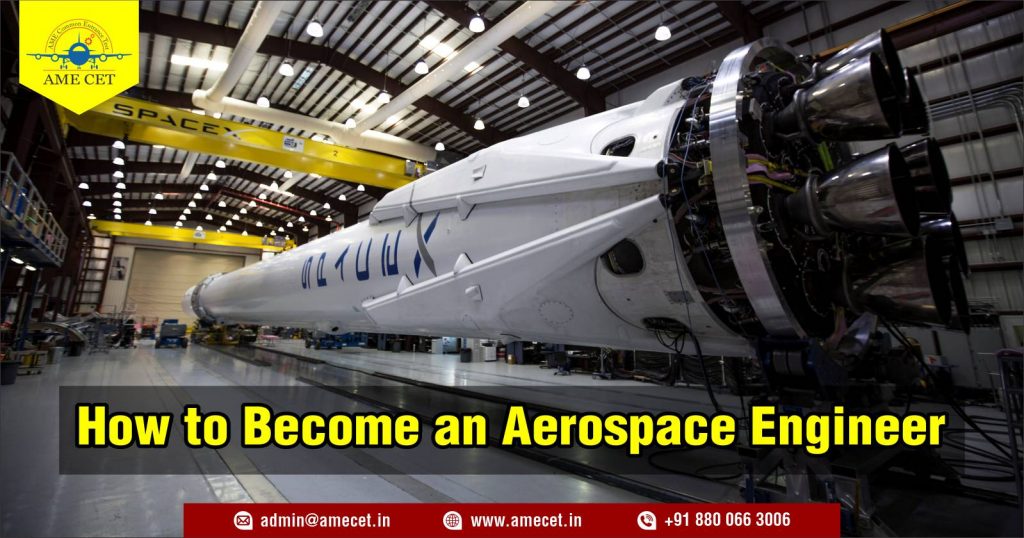How to Become an Aerospace Engineer
Posted on : 4 March, 2023 3:38 pm
Aerospace engineering is an exciting and dynamic field that combines the principles of engineering, physics, and mathematics to design, develop, and test aircraft, spacecraft, and related technologies. If you’re interested in pursuing a career in aerospace engineering, here are some key steps to get started:
Overview of Aerospace Engineering
- Aerospace engineering involves the design, development, and testing of aircraft, spacecraft, and related technologies.
- Aerospace engineering is a critical field that has a significant impact on modern society and the global economy.
- Sub-disciplines of aerospace engineering include aerodynamics, propulsion, structures and materials, control systems, and systems engineering.
Educational Requirements
- Most aerospace engineering positions require at least a bachelor’s degree in aerospace engineering or a related field such as mechanical engineering or electrical engineering.
- Graduate degrees and specializations can provide additional training and expertise in specific areas of aerospace engineering.
- Relevant coursework includes calculus, physics, mechanics, thermodynamics, materials science, and computer-aided design.
Internships and Work Experience
- Internships and co-op programs provide valuable hands-on experience and can help you develop practical skills in aerospace engineering.
- Aerospace engineering jobs are available in a variety of industries, including government agencies, aerospace manufacturers, and research and development organizations.
Professional Certifications and Licenses
- Professional certifications and licenses can demonstrate your expertise and credibility in the field of aerospace engineering.
- Common certifications and licenses in aerospace engineering include the Fundamentals of Engineering (FE) exam, the Professional Engineer (PE) license, and the Certified Aerospace Technician (CAT) certification.
Continuing Education and Professional Development
- Continuing education and professional development can help you stay up-to-date on the latest advancements in aerospace engineering and expand your career opportunities.
- Options for continuing education include graduate degrees, professional certifications, and industry conferences and workshops.
Career Paths and Opportunities
- Career paths in aerospace engineering include design, testing, manufacturing, research and development, and project management.
- Common industries and employers in aerospace engineering include government agencies, defense contractors, commercial airlines, and space exploration companies.
- Salary expectations and career advancement opportunities vary depending on your level of education, experience, and specialization.
Conclusion
Becoming an aerospace engineer requires a combination of education, practical experience, and ongoing professional development. By pursuing a degree in aerospace engineering, gaining hands-on experience through internships and work opportunities, and pursuing professional certifications and licenses, you can develop the skills and knowledge necessary to succeed in this exciting and rewarding field.

